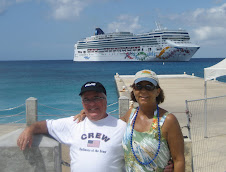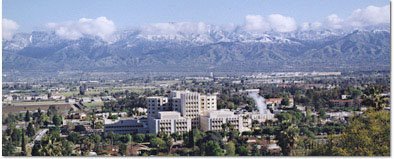
The conclusion they came to was that it isn't rejection but a bilarary duct stricture.
I don't have a gallbladder anymore as they take it with my liver and they don't transplant the new liver with a gallbladder and if you read below you will see all about the bile ducts and how they work....Mine appear to need a little help draining and so they are going to go in endoscopically (down my throat) and into my pancreas to have a look, and probably put in a stint so the bile can drain properly.
The biopsy showed this and also my rising bilirubin...up to 5.4 today...from 4.4 yesterday.
INTRODUCTION — An endoscopic retrograde cholangiopancreatography (ERCP) is an examination of the gallbladder, pancreas, liver, and the ducts (tubes) that drain these organs (show figure 1). Small ducts from the gallbladder and pancreas flow into a larger duct that drains bile from the liver (common bile duct). The common bile duct drains into the small intestine through an opening called an ampulla.
An endoscopist (a doctor who has special training in the use of endoscopes) will examine the gallbladder, pancreas, and these ducts, looking for blockages, irregularity in the tissue or disruptions in the flow of bile/pancreatic fluid, spasm of the ducts, stones, or tumors.
Some patients are admitted to the hospital afterward, depending upon the reason for ERCP or because a treatment was done during the procedure that requires overnight observation in the hospital.
THE PROCEDURE — ERCPs are performed in a room that contains x-ray equipment. The patient will lie on an x-ray table during the examination. The ERCP will be performed while the patient lies on their side or stomach.
Although patients worry about discomfort from the examination, most tolerate it well and feel fine afterwards. Medications will be administered through the intravenous line. A plastic mouth guard is placed between the teeth to prevent damage to the teeth and scope.
The ERCP scope is a flexible tube, approximately the size of a finger. It contains a lens and a light source that allows the endoscopist to view images on a monitor where it is magnified many times so the endoscopist can see small changes in the tissues. The ERCP scope also contains channels that allow the endoscopist to take biopsies and introduce or withdraw fluid, air and instruments.
The patient will be asked to swallow the tube; many patients do not remember this after the medications have taken effect. Many people sleep during the test; others are relaxed and generally not aware of the examination.
The scope in inserted through the mouth, and air is introduced to open up the esophagus, stomach, and intestine so the scope can be passed through those structures and to allow the endoscopist to see. When the scope reaches the duodenum, the first portion of the small intestine, the endoscopist will locate the ampulla, the opening into the ducts that drain the biliary system. A small cannula (tube) will be placed into the ampulla and, dye (a special contrast material that allows visualization of tissues by x-ray) will be injected through the cannula.
Patients may experience a mild discomfort as air distends the tissue. This is not harmful and belching may relieve the sensation. The endoscope does not interfere with breathing. Taking slow, deep breaths during the procedure may help a patient to relax.
The length of the examination varies, but it generally takes at least one hour.
For more information go here....
While this is not fun....it is better than rejection. As you may remember I PERSONALLY HATE THE ENDOSCOPY PART because the meds don't knock me out and I gag the whole time...BUT, I am peeing...and my creatinine is down and all this seems minor to what I have already been through.....so it will happen tomorrow.... Then watch my bilirubin #'s go down.....!!!!!











1 comment:
My Dear Friend,
I am glad that the Doc's seem to have found the answer. I fully expect good reports within a few days!!!! It was hard for me to leave under the circumstances after spending the week, even though I couldn't do anything but be with you. I was Soooo happy to spend New Years with you!!!!
Please post about how you feel differently after the Endoscopy procedure & the disposition of the Bile issues. Does this solve the problem or can it be an ongoing issue?
Lots of Love & Kisses to You,
Kimmy
Post a Comment
Note: Only a member of this blog may post a comment.